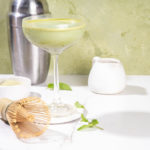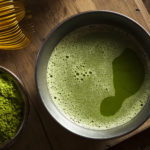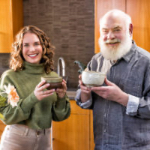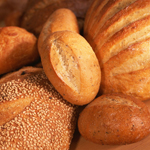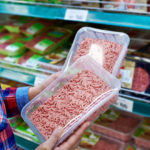Beware the Fake Matcha
Is it true that not all products sold as matcha are the real thing? How can I tell true matcha from imposters?
Andrew Weil, M.D. | August 8, 2025
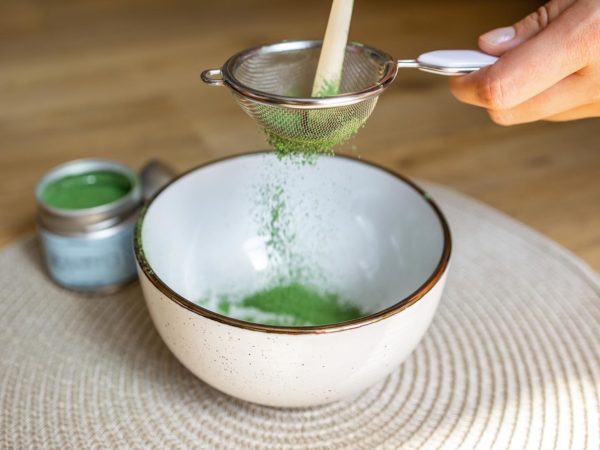
The past few years have seen a boom in matcha products and marketing. I deeply enjoy matcha and the calming ritual of making myself a frothy bowl of it, but the proliferation of low-quality matcha at coffee shops and online retailers concerns me. The popularity of this ancient green tea powder has strained suppliers and encouraged the introduction of products that either stretch the definition of matcha or are outright fakes. Fortunately, there are a few ways to make sure you are buying real matcha.
First of all, true matcha is from Japan, so products from elsewhere are not genuine. There are many wonderful and flavorful green teas from China and other Asian countries, but only Japan produces true matcha, made from a type of Japanese green tea called tencha, which is shaded before harvest to increase its content of chlorophyll, flavor components, and healthful antioxidants.(See Differences Between Japanese Vs Chinese Grown Matcha – And Why Japanese Matcha is Superior.) Here are a few characteristics to look for:
- True Japanese matcha has a distinct and brilliant green color, while imitators tend to be duller, more yellow-brown in color.
- Matcha is a fine, delicate powder with a uniform consistency.
- The taste of true matcha is unmistakably sweet, smooth, and often complex, with slight bitter or umami undertones.
- Matcha is never sold as loose tea or in tea bags.
- The cost of true matcha from Japan reflects the painstaking care with which it is grown, harvested, and prepared for market. Inexpensive prices are a good clue that products sold as matcha are not the real thing.
Fake matcha (the Japanese slang term is “mogo”) typically includes low-quality powdered green tea from China, often labeled as Japanese matcha and now widely sold in big box stores throughout North America, as well as powdered tea not made from tencha.
As with any product, read the label. If a product includes fillers like rice, sugar, or anything else, it’s not true high-quality matcha. Some labels will identify the cultivar, which is a positive sign; many will claim to be “ceremonial grade,” which is good, but be aware that there is no official criterion for that term. If a product says “culinary grade,” it is best used for cooking, not for preparing as a beverage.
The health benefits of matcha cannot be overstated — it offers trace minerals and vitamins along with antioxidant catechin polyphenols that may help reduce cancer risk, help prevent heart disease, and slow the aging process (read more about its benefits here). I am very particular about matcha, and I recently co-founded a company that offers only true Japanese matcha. You can learn more about matcha there, and if you order any products there, I can personally guarantee that you are getting the very best in true matcha.
See also: My colleague Dr. Jim Nicolai, former medical director for the Dr. Weil Integrative Wellness Program at Miraval Resort and Spa, demonstrates how to make a perfect frothy serving of matcha in this video.
Andrew Weil, M.D.



